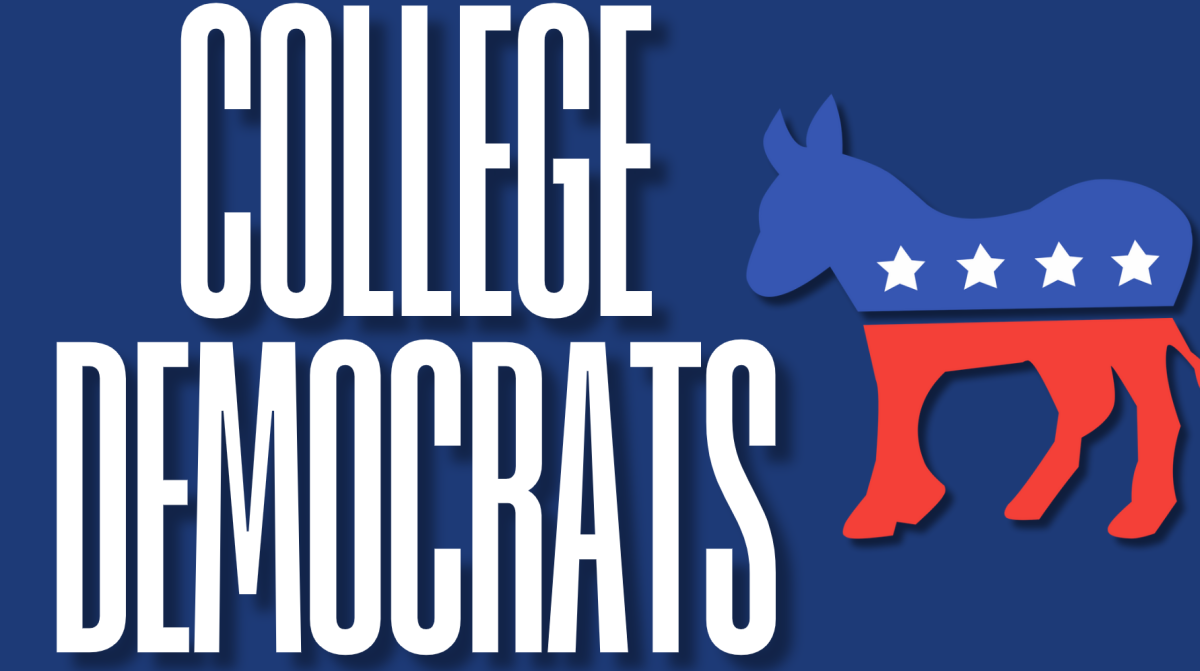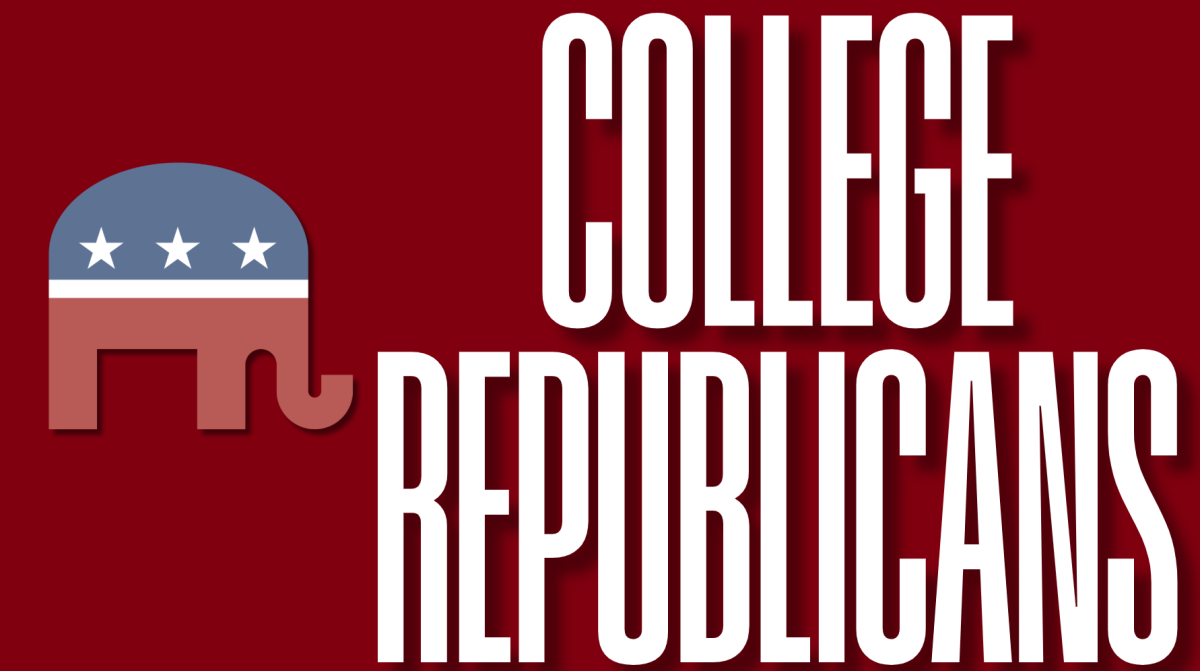Zoos have long been vilified as unethical institutions that prioritize capitalizing on entertainment over the well-being of the animals. While these concerns and criticisms are often in good faith, they tend to group all zoos together instead of making a clear and necessary distinction between accredited and non-accredited facilities. Accredited zoos deserve praise for the difficult and necessary conservation work they undertake, while non-accredited institutions should be held accountable for their unethical treatment of animals.
The accreditation process is complex. The Accreditation Commission — a team of 15 carefully selected experts from the Association of Zoos and Aquariums (AZA) — thoroughly investigates zoos or aquariums to ensure their facilities meet the organization’s animal welfare, care and management standards. Furthermore, every animal at an AZA-accredited zoo undergoes a wellness check at least once every year to guarantee the zoo operates at the highest degree. While other organizations, like the Zoological Association of America, also accredit zoos, the AZA accreditation is considered the important gold standard to ensure the zoo treats the animals humanely.
Accredited zoos need support as they engage in valuable work that cannot be overlooked. These institutions partake in extensive conservation efforts, collectively supporting over 2,500 different projects across more than 100 countries and spending $160 million annually on conservation initiatives. The public needs to be informed about what these conservation projects look like because the term is broad. The majority of the recovery actions performed by zoos include population assurance, research and population augmentation. Zoos are no longer strictly for entertainment purposes but play a large role in protecting biodiversity.
Preservation not only occurs through funding and projects but also through breeding programs to rebuild the populations of many endangered species. Animal populations such as the American bison, the California condor and the black-footed ferret have all been saved from extinction due to zoo breeding programs. Accredited zoos are necessary for maintaining biodiversity in the environment. Without biodiversity, ecosystems become fragile and start to fall apart, devastating the environment.
One of the most important pieces of work that accredited zoos commit themselves to is educating the public. While this aspect of zoos often goes overlooked, 200 million people worldwide have visited AZA-accredited zoos in the last year. To put this in perspective, much more people visit AZA-accredited zoos than attend all MLB, NFL, NBA and NHL games combined. Every year, these visitors are exposed to education on the importance of protecting animals and their habitats. How many people would be exposed to the same information or feel as much of an impact without the incentive of viewing live animals? Likely, the numbers would be much smaller. AZA-accredited zoos treat the animals ethically while funding conservation efforts, creating breeding programs to rebuild animal populations and educating the public. Without them, animal populations and overall biodiversity would encounter further suffering.
Unfortunately, not all zoos are created equal. It is not fair to say that all zoos are unethical when accredited zoos accomplish notable progress in conservation efforts, but they do not make up the majority of zoos. In fact, only 134 zoos are AZA-accredited. To label every zoo without accreditation as “pure evil” would be an unfair blanket statement; however, unaccredited facilities have the problems people point to when criticizing zoos. The animals may have poor living conditions and insufficient care because these zoos center on entertainment over education.
Since we usually cannot confirm if the animals in non-accredited institutions receive proper treatment, the best solution is to strictly support AZA-accredited zoos. The animals are being properly cared for, and the money spent at the zoo goes towards conservation work. By supporting these establishments over all of the non-accredited zoos, we demand the treatment of animals to improve significantly, pushing these institutions to raise their standards for animal well-being and to shift their focus more on educating the public rather than treating the animals like a spectacle.
Not supporting zoos altogether does more harm than good, but knowing whether you are helping the right ones is the difficult part. Before attending a zoo, go online to the zoo website and look for the AZA logo. Another easy way to ensure you support good zoos is by using the list on the AZA website, which catalogs the accredited facilities by state — the Bronx Zoo is one of them! Taking the extra time from your day to guarantee the zoo you visit maintains high standards may seem insignificant, but doing so can help create a sustainable future for all animals.
Johanna Brooslin, FCRH ’27, is an English major from Medfield, Mass.










































































































































































































